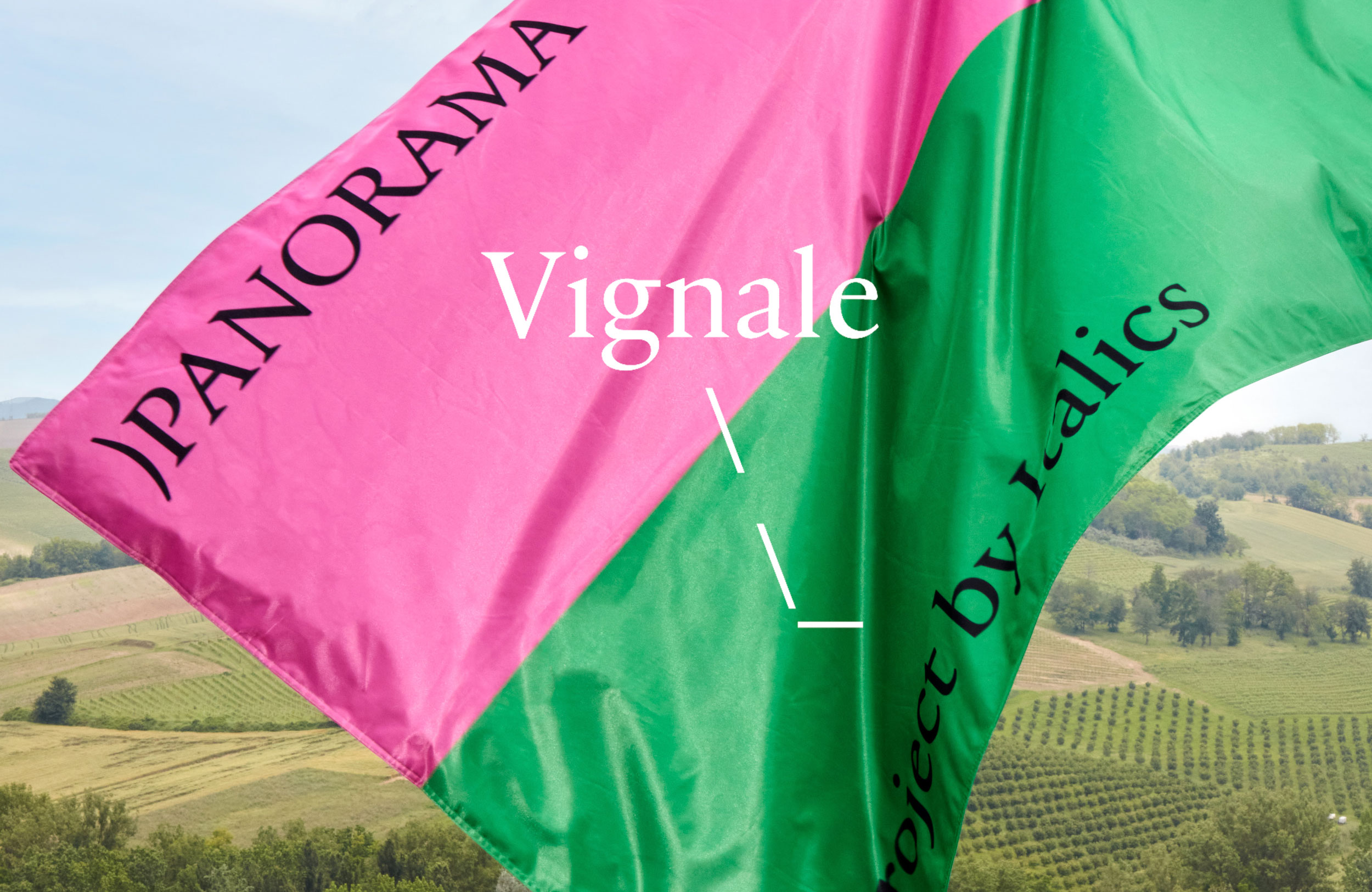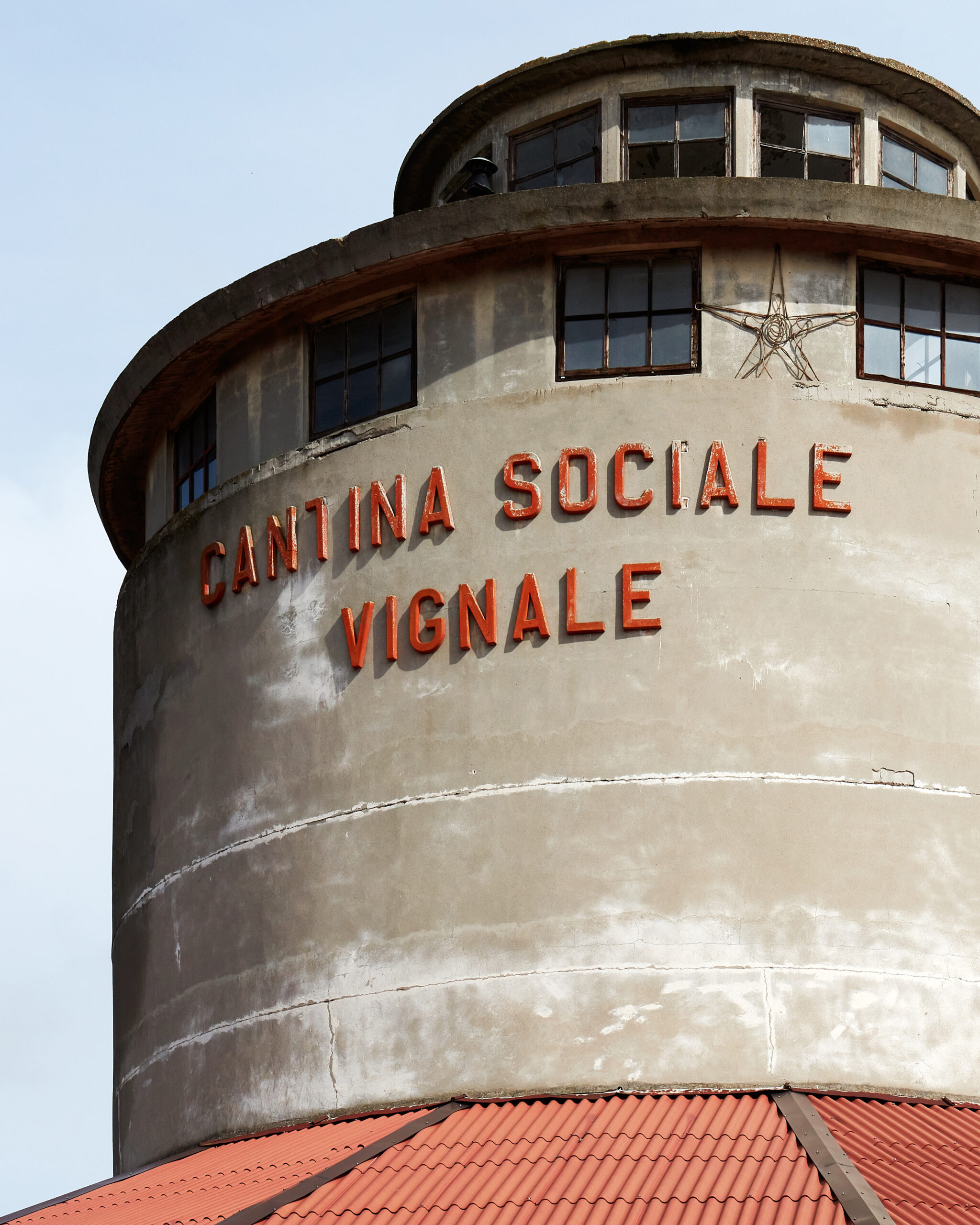
Panorama Monferrato
Walter Padovani is delighted to announce its participation in Panorama Monferrato, a region-wide exhibition curated by Carlo Falciani
We will be present in Vignale with an hitherto unknown portrait of one of the most famous women from the late 18th to early 19th century.

With the participation of 62 ITALICS galleries and featuring contemporary works – many of which will be site-specific or produced ad hoc – but also 20th-century works and great Renaissance masterpieces, Panorama Monferrato is inspired by the principles of La Civil conversazione [The Civil Conversation], a text written by Stefano Guazzo and published in 1574.
At the time, it became a European best seller in Tudor England as well as in Montaigne’s France. It shows how some ideas that originated in Monferratowere fundamental for Europe between the 16th and 17th centuries.
In an imaginary dialogue between a man suffering from melancholia, which deprived him of all social intercourse after a long hospitalization due to a pandemic, and a doctor friend, Guazzo demonstrated specifically how a community could only thrive if it was capable of civilized conversation – within the family, between generations and social ranks, between citizens and outsiders – to resolve conflicts and putting dialogue at the center of the ethical development of man and society.
“The exhibition project is inspired by principles expressed in La Civil conversazione, and the themes that have been extrapolated from it are the focus of debate even today. Because the exhibition is spread over several different towns,” explained curator Carlo Falciani, “the sequence of themes is also meant to be a metaphor for the Renaissance journey of initiation: one example above all is Francesco Colonna’s 1499 Hypnerotomachia Poliphili. In this text, the protagonist embarks on a journey of growth and inner transformation marking some milestones through encounters with people, works of art, architecture or thoughts, but also existential trials and reflections that substantially change him.”
In a similar way, the contemporary visitor of Panorama will make their way through Camagna Monferrato, Vignale Monferrato, Montemagno Monferrato, and Castagnole Monferrato, symbolizing a path of meditation that starts with everyday contrasts and reaches a level of spirituality that is also secular, fostered by art. Like the chapters in a single story, a theme is developed in each of the four towns, transversal to the eras, that help to complete the journey.
In Camagna Monferrato, the theme Lavoro e radici [Labor and Roots] focuses on labor, the root of actions and suffering but also an expression of the land. It focuses on the dual agricultural and industrial soul ofnmany places like Monferrato, which over time have been even violently transformed.
In Vignale Monferrato, Ritratto e identità [Portrait and Identity] develops the portrait as a way of capturing, expressing and integrating into history the identity of a person or a community, representing their thoughts and aspirations.
In Montemagno Monferrato, the theme of Caducità e morte [Transience and Death] shows how, since the Renaissance, the awareness of death has been constantly present in representations of initiatory journeys.
Finally, in Castagnole Monferrato, Sacralità dell’arte, anche laica [Sacredness of art, including Secular Art] exalts the possibility of removing oneself from everyday life in favor of contemplation.
Under the patronage of UNESCO, Italian Ministry of Culture and the Piedmont Region, Panorama Monferrato promises to be a unique exhibition experience, an expression of the values of ITALICS.


